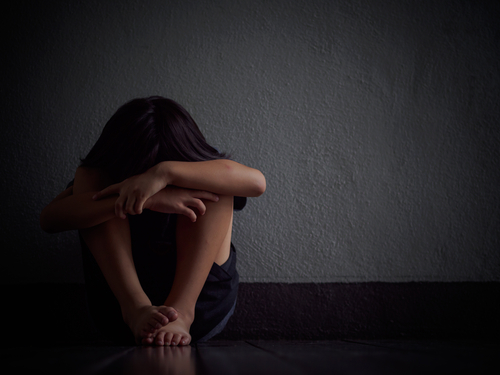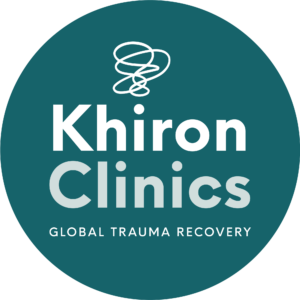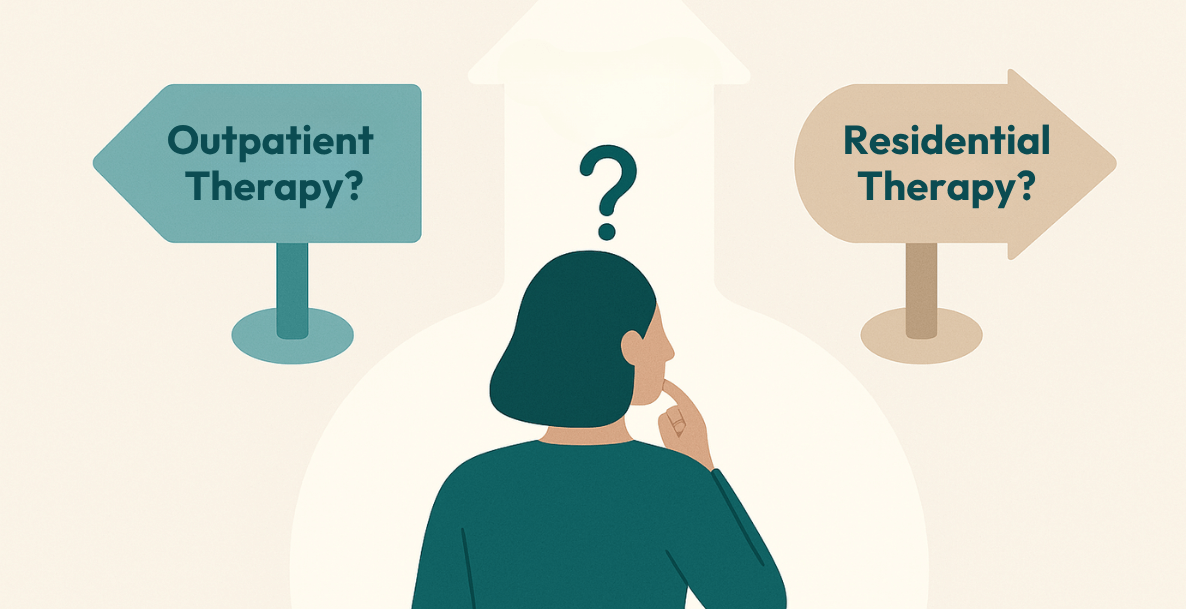Trauma in young people often manifests in subtle or overlooked ways, making it difficult to identify and address. Unlike adults, children and adolescents may not have the words or understanding to express their distress, leading to behaviours that may be misinterpreted as typical teenage angst or moodiness from puberty and developmental changes.
Signs like irritability, withdrawal, sudden changes in engagement at school, clubs, or with friends, or difficulty concentrating and sleeping can be overlooked as normal developmental phases, when in fact they may signal unresolved trauma. Recognising these signs early is crucial in providing the necessary support and intervention to help young people heal and thrive.
Why Trauma Often Goes Unnoticed
Trauma in young people frequently goes unnoticed due to a combination of stigma, misdiagnosis, and the subtle nature of its symptoms. Many families and communities view discussions of trauma as taboo, avoiding conversations that could shed light on the child’s experiences. This silence perpetuates a lack of awareness and prevents early intervention.
Misdiagnosis is another significant factor. Trauma symptoms often overlap with other conditions like Attention Deficit Hyperactivity Disorder (ADHD), Autism Spectrum Disorder (ASD), anxiety, or mood disorders, meaning both caregivers and professionals may target behaviours without addressing their root cause. A child’s hypervigilance and dysregulated nervous system might be mistaken for impulsivity, hyperactivity or inattention commonly seen in ADHD. Similarly, withdrawal can be mistaken for shyness. All are in fact signs of emotional distress associated with trauma.
Additionally, the symptoms of trauma are often subtle and vary widely. Children may not have the vocabulary to articulate their feelings, leaving adults to interpret their distress through behaviours like mood swings, changes in eating or sleeping patterns, or academic struggles. Since these behaviours can also stem from typical developmental challenges, trauma can be overlooked.
Finally, young people themselves may mask their pain out of fear, shame, or a desire to protect their caregivers. This further complicates identifying the underlying issue. Recognising these barriers is crucial for creating a supportive environment where trauma can be acknowledged and addressed effectively.
Emotional Indicators of Trauma
Trauma can have a profound impact on emotional regulation, self-esteem and identity. It can have such a monumentally disruptive impact on a young person’s sense of safety and structure that their inner and outer worlds feel different. The world around them, and their own bodies can become untrustworthy, unreliable and threatening, leading to a constant state of fear and activation that causes exhaustion, emotional overwhelm and complete disengagement. For some young people this can increase sensitivity and the expression of emotions, for others it can numb sensations and emotions, and for some it can cause an oscillating combination of both, where mood swings and unpredictable behaviour become common. Here’s some signs for parents to look out for:
- Mood swings: Rapid and intense shifts between emotional highs and lows.
- Emotional outbursts: Frequent anger, frustration, or tearfulness.
- Withdrawal: Avoidance of social interaction, hobbies, or activities they once enjoyed.
- Low self-esteem: Negative self-talk or reluctance to try new things due to fear of failure.
- Hypervigilance: Constant worry, jumpiness, or an exaggerated startle response.
- Numbing: Lack of visible emotional response to situations that would typically provoke a reaction.
- Difficulty trusting: Reluctance to rely on others, even loved ones.
The Physical Symptoms of Trauma
Trauma is experienced and stored in the body, often manifesting as intense physical symptoms. When faced with an overwhelming threat, the body enters a fight, flight, or freeze response. In the freeze state, all the energy mobilised for action becomes trapped within the body, unable to dissipate. This unresolved energy disrupts the nervous system, leading to heightened reactivity even to objectively safe situations, as if the threat is still present. This can result in chronic pain, unexplained health issues like irritable bowel syndrome (IBS), migraines, fatigue, or other symptoms that seem disconnected from the initial traumatic event.
Physical symptoms can also include disrupted sleep patterns, persistent tension in the body, and hypervigilance, making the person feel perpetually on edge. Additionally, trauma survivors may experience difficulties regulating their autonomic nervous system, oscillating between states of heightened alertness and shutdown, further exacerbating physical distress. Physical signs parents should watch for:
- Chronic pain: Frequent complaints about stomachaches, headaches, or muscle pain without a medical cause.
- Sleep disturbances: Difficulty falling or staying asleep, or experiencing nightmares.
- Fatigue: Constant tiredness despite adequate rest.
- Appetite changes: Overeating, loss of appetite, or unexplained weight changes.
- Frequent illnesses: Compromised immune responses leading to frequent colds or infections.
- Restlessness: Inability to relax or constant fidgeting.
Behavioural Red Flags
The emotional and physical impacts of trauma can cause a range of behavioral changes that are often difficult to differentiate from normal teenage developmental shifts.
For instance, changes in a teenager’s sleep schedule are common due to the natural shift in their circadian rhythm, with melatonin being released later in the evening compared to children and adults. However, certain sleep disruptions may signal trauma. Repeated vivid, distressing dreams or nightmares can sometimes function as a form of flashback, where the body feels as if it is reliving a traumatic experience. While all nightmares can be unsettling, for trauma survivors with PTSD, the body’s memory of the event lacks a “timestamp,” causing the nightmare to feel real. This means they cannot simply remind themselves, “It is just a dream,” as their body has already triggered the fight-or-flight response, responding as though the trauma is happening again.
Risk-taking is more common in young people because their brains are still developing, particularly the prefrontal cortex, which helps assess risk and long-term consequences. This can lead to experimentation with behaviours that might be dangerous, illegal, or harmful. However, when risky behaviours become frequent or extreme, they may indicate deeper issues, including unresolved trauma.
Behavioural shifts like withdrawal, moodiness, perfectionism, changes in clothing styles, or risk-taking are commonly associated with adolescence and major life transitions, such as moving from primary to secondary school or college. As young people explore new relationships, experiences, and their emerging identities, these behaviours can be normal. However, there are key red flags to watch for. Behaviours to be aware of and monitor include:
- Consistently reckless actions that endanger their safety.
- Regular alcohol or drug use, particularly when used to cope with stress or emotions.
- Criminal behaviour, such as theft or vandalism.
- Self-harming actions like cutting, burning, or other methods of intentionally causing injury.
- Persistent isolation or withdrawal from previously enjoyed activities and relationships.
If parents or caregivers notice patterns of extreme or harmful behaviour alongside other signs of emotional or physical distress, it is essential to seek professional help. Early intervention can help address the root causes and provide young people with the tools and support they need to heal and thrive.
Recognising these signs can help parents understand when a child’s physical symptoms might have a deeper, trauma-related cause and seek appropriate interventions.
Helping Young People Heal With Khiron Kids
At Khiron Clinics, we understand that trauma in young people can profoundly affect their emotional, physical, and social well-being. Our Khiron Kids program provides a compassionate, trauma-informed approach tailored to meet the unique needs of children and adolescents. We focus on addressing the root causes of trauma by creating a safe and supportive environment where young people can explore their experiences, express their emotions, and learn healthy coping mechanisms.
Our multidisciplinary team of therapists, clinicians, and specialists work collaboratively to offer individualised care, integrating therapies like somatic experiencing, art therapy, and family support to facilitate holistic healing. At Khiron Kids, we don’t just treat symptoms; we empower young people to reconnect with their sense of safety, build resilience, and rediscover joy in their lives.
We believe that every child deserves the opportunity to heal and grow, and we are committed to guiding them on their journey to recovery.






